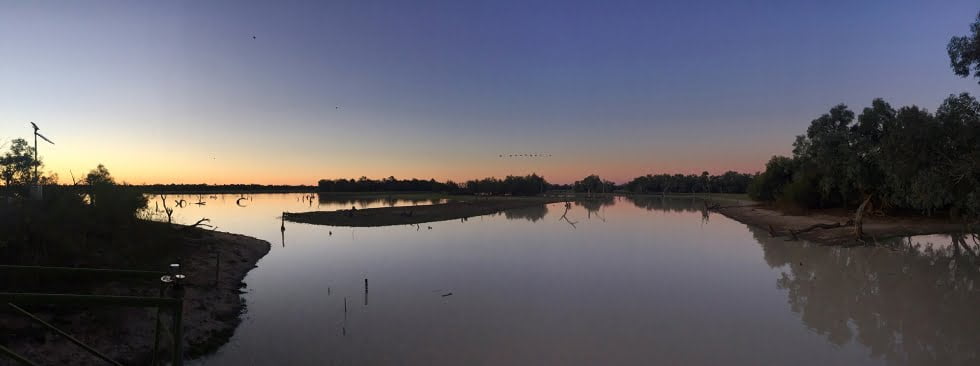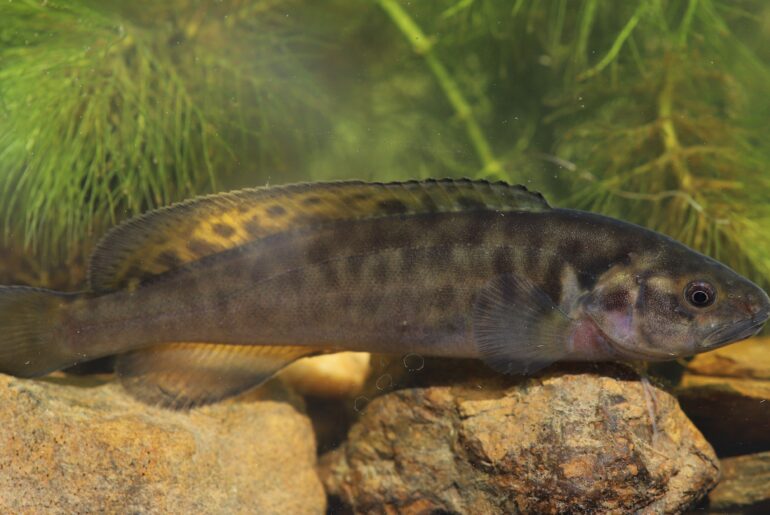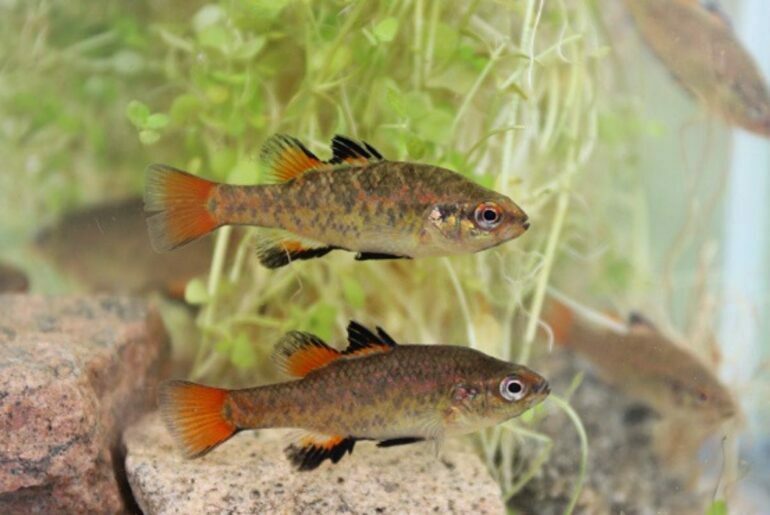Biodiversity is a term that gets used a lot when talking about why environmental flows are needed to improve the health of our river and floodplain systems. As a concept, biodiversity is a big one, but in a nutshell it covers the variability in life forms across the globe. Despite an ongoing interest in understanding how altered river flow and wetland water regimes influence biodiversity, we still lack a detailed understanding of how environmental flows may differentially affect aquatic biodiversity across reach, river, and catchment scales.
Understanding the missing link
In the mid-2000s, while sampling fish in rivers of coastal New South Wales to study the ecological effects of flow regulation and environmental flows, I started thinking about how the concept of biodiversity could be applied to understanding ecological responses to river flow regimes.

In some rivers, we would find lots of species in some reaches and fewer in others. In other rivers, multiple river reaches would have more or less the same combinations of species. Overall, different rivers with different flow regimes supported different numbers of species. These patterns are seen worldwide.
Water plays a major ecological role in river and wetland systems. It provides a habitat for biota and the arena for trophic processes to operate. Variation in the water level of rivers and wetlands determines how well different parts are connected or fragmented. Floods, flow cessation, and drying-wetting dynamics are the major disturbance regime imposed on freshwater ecosystems. Hydrology therefore has a range of effects on the physical dynamics of rivers and wetlands.
We synthesised the wealth of scientific literature focussing on how hydrology affects freshwater biodiversity from small to large (i.e. local to global) spatial scales. We were particularly keen to learn how each of the key ecohydrological mechanisms influenced patterns of freshwater biodiversity.
At local scales, such as a river reach or wetland, sites that were increasingly connected by water typically had more numbers of species than less frequently connected sites. However, at larger scales, landscapes with increasing hydrological fragmentation (i.e. lower connectivity among locations) had greater variety of species communities. In relation to hydrological disturbances and aquatic habitat, the relationships between hydrology and freshwater biodiversity vary depending on what spatial scale ‘biodiversity’ is viewed in.
Why being explicit about biodiversity matters for understanding and managing hydrological regimes
The multitude of relationships between hydrology and freshwater biodiversity matters significantly for understanding and predicting the effects of hydrological regimes. As highlighted in the examples above, a particular hydrological event (such as flooding) can increase local-scale biodiversity, but decrease landscape-scale biodiversity. In contrast, variation in hydrological disturbances (such as scouring floods or channel drying) among rivers can increase landscape biodiversity. yet briefly decrease local biodiversity. This highlights that manipulation of river flows can both increase and decrease biodiversity at different spatial scales.

Our synthesis not only highlights how little we know about the effects of flow regime change on freshwater biodiversity, but also emphasises how being explicit about what is meant by ‘biodiversity’ can give greater confidence about how environmental flows can be managed from local to whole river scales. Embracing the complexity of ecohydrological effects for freshwater biodiversity means that potential unforeseen risks of environmental flows paradoxically contributing to biodiversity loss can be addressed.
Emphasis for adaptive monitoring, assessment, and action
Over the years, principles for river flow management have often been developed before scientific evidence is produced. When this happens, resistance to changing our goals for environmental flows can arise.

Many effective stories are shared about the value of flooding wetlands to improve recruitment and numbers of individual fish and bird species under the banner of biodiversity. These are valuable, yet we need to consider that biodiversity covers much more than individual species in isolation, primarily being a greater variety of species, functional traits, and evolutionary potential of our freshwater biota. Integrating hydrology into other stressors imposed on rivers and their biodiversity, such as non-native species, habitat alteration, and changes to connectivity, will likely mean that we can develop realistic expectations about what we can achieve from providing environmental flows, and how we should provide them.
To learn more, get your copy of a recent synthesis paper here that provides more detail on the topic.
Alternatively, you can contact Rob Rolls here for a copy if you do not have a subscription with Wiley Online Library.
Related stories:
What native fish need from flows at different life cycle stages
Fish and Flows: adaptive environmental water use for fish and fish habitats in NSW



